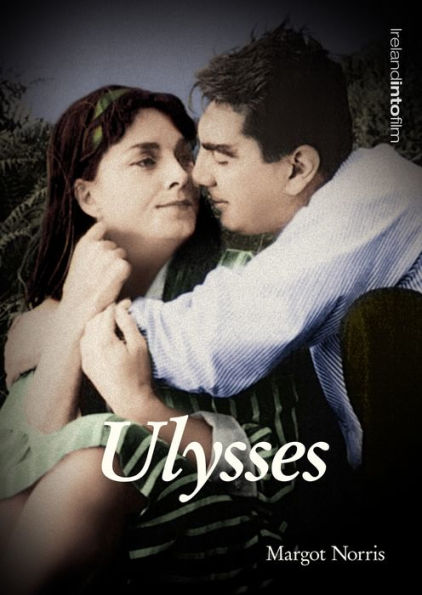Ulysses
Margot Norris discusses the challenges that Ulysses, one of the greatest and most difficult novels of the twentieth century, posed to the filmmaker, along with the production and censorship problems that Strick encountered before the film was released to great contemporary critical acclaim.James Joyce, interested in drama from his youth, encountered early Italian cinema in Trieste and subsequently worked to establish the first movie-house in Dublin in 1909. He eventually discussed his cinematographic writing techniques with the great Russian filmmaker, Sergei Eisenstein. But although Joyce considered the possibilities of filming his famous 1922 novel at various times in his life, Ulysses was not brought to the screen until independent filmmaker Joseph Strick released his adaptation in 1967. Margot Norris discusses the challenges that Ulysses, one of the greatest and most difficult novels of the twentieth century, posed to the filmmaker, along with the production and censorship problems that Strick encountered before the film was released to great contemporary critical acclaim. Though rigorously faithful to Joyce's language, Strick's decision to set the story in 1960s Dublin subtly shifted its political focus while producing an intensified humanistic interpretation of Joyce's novel.
"1101961093"
Ulysses
Margot Norris discusses the challenges that Ulysses, one of the greatest and most difficult novels of the twentieth century, posed to the filmmaker, along with the production and censorship problems that Strick encountered before the film was released to great contemporary critical acclaim.James Joyce, interested in drama from his youth, encountered early Italian cinema in Trieste and subsequently worked to establish the first movie-house in Dublin in 1909. He eventually discussed his cinematographic writing techniques with the great Russian filmmaker, Sergei Eisenstein. But although Joyce considered the possibilities of filming his famous 1922 novel at various times in his life, Ulysses was not brought to the screen until independent filmmaker Joseph Strick released his adaptation in 1967. Margot Norris discusses the challenges that Ulysses, one of the greatest and most difficult novels of the twentieth century, posed to the filmmaker, along with the production and censorship problems that Strick encountered before the film was released to great contemporary critical acclaim. Though rigorously faithful to Joyce's language, Strick's decision to set the story in 1960s Dublin subtly shifted its political focus while producing an intensified humanistic interpretation of Joyce's novel.
11.5
In Stock
5
1

Product Details
| ISBN-13: | 9781859182932 |
|---|---|
| Publisher: | Cork University Press |
| Publication date: | 09/30/2004 |
| Series: | Ireland into Film Series , #8 |
| Pages: | 98 |
| Product dimensions: | 5.30(w) x 7.40(h) x (d) |
About the Author
From the B&N Reads Blog

